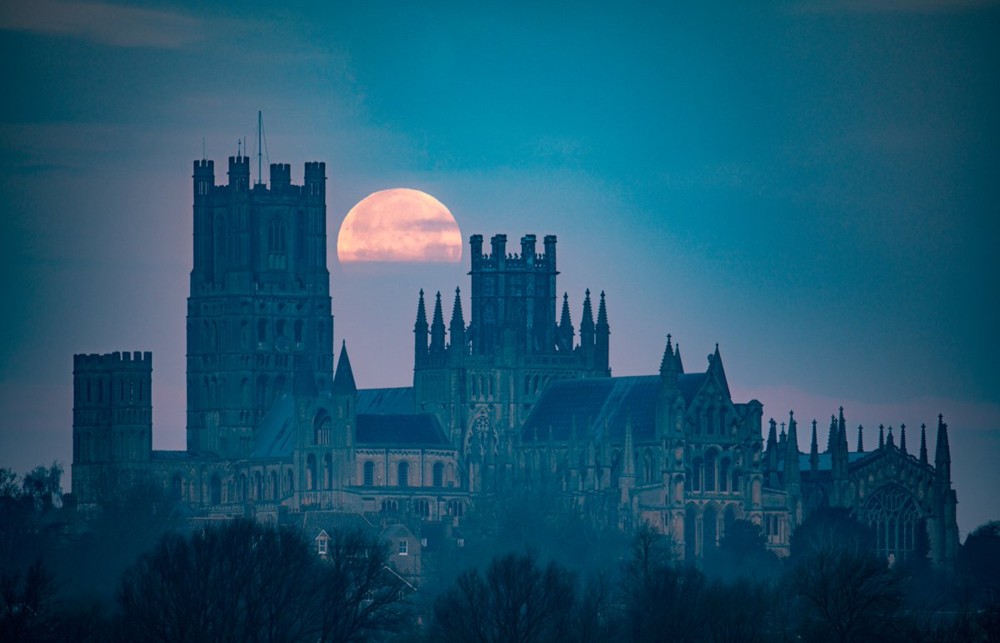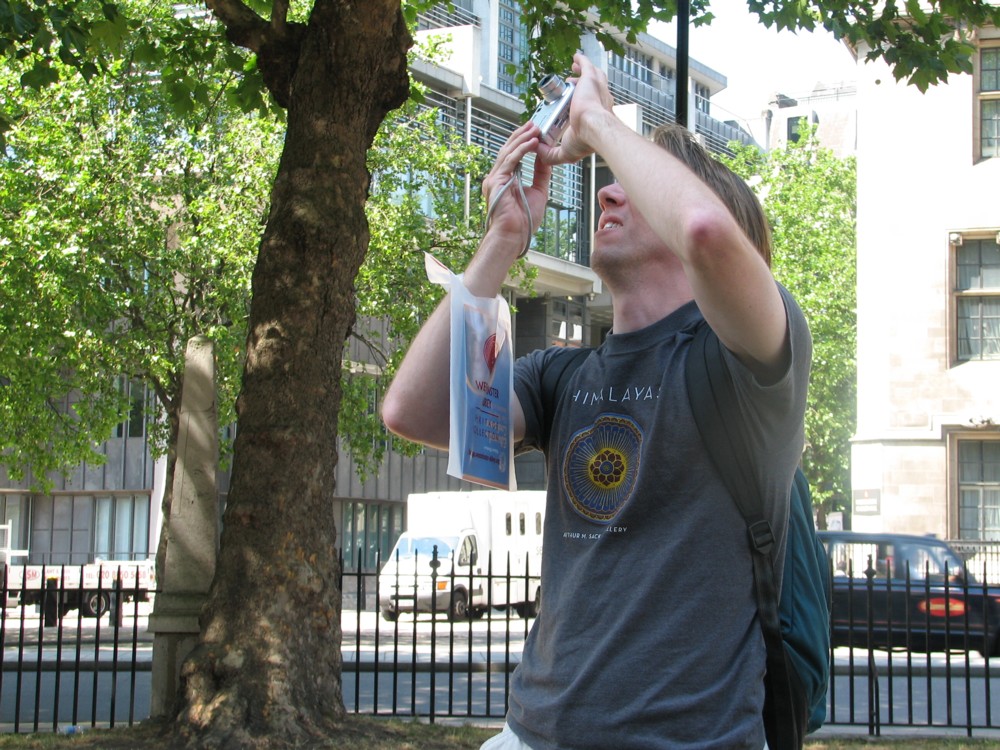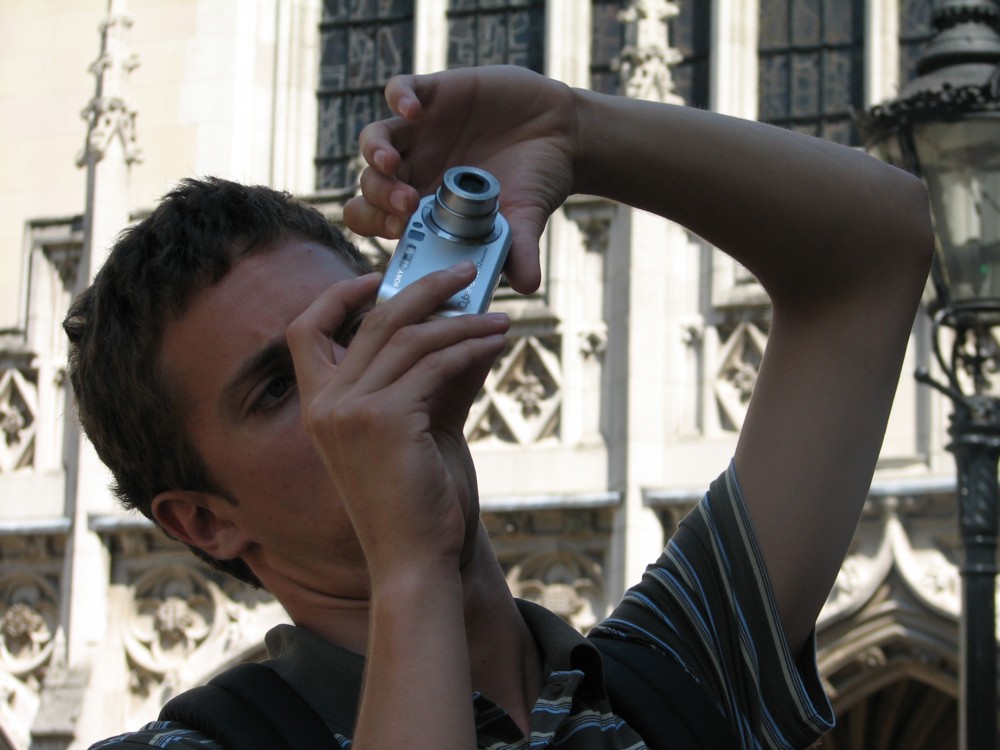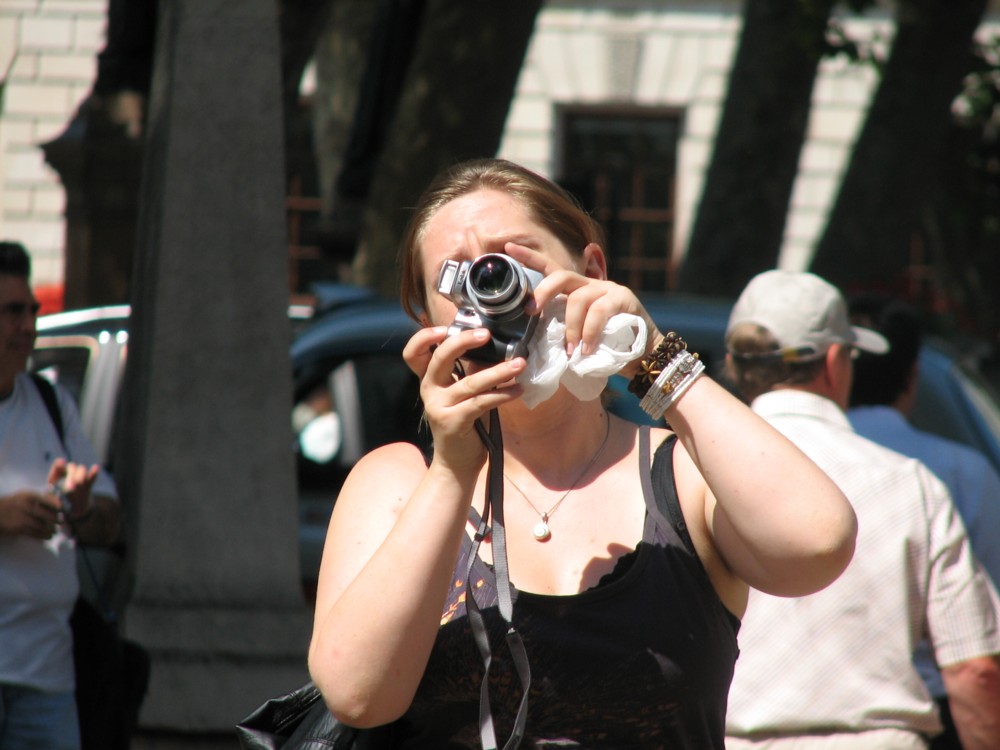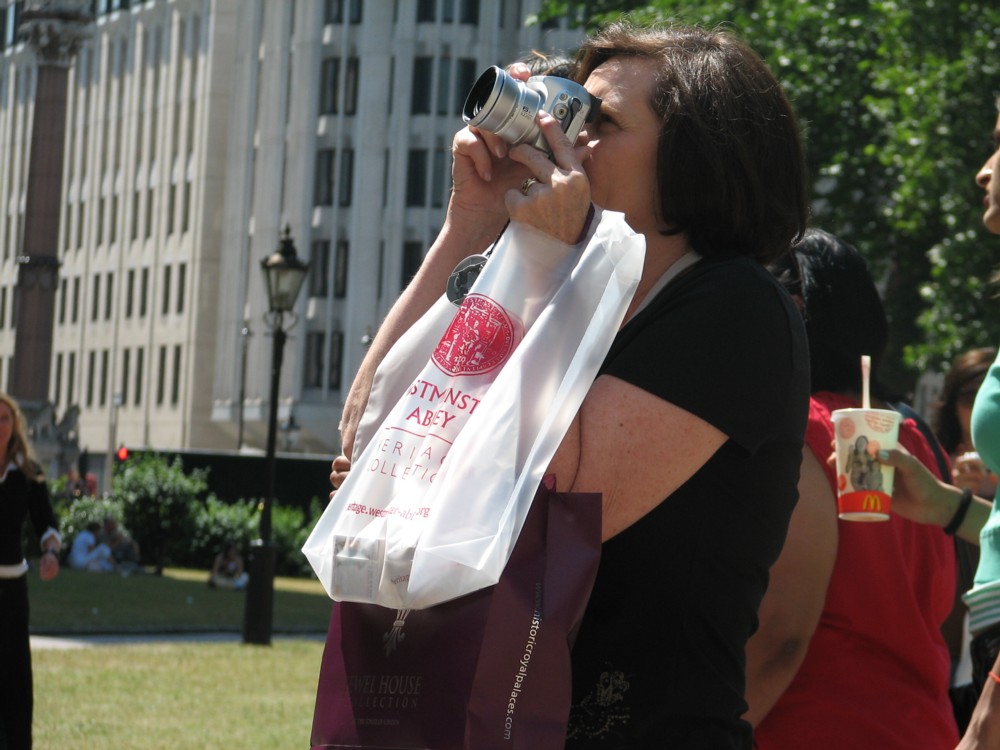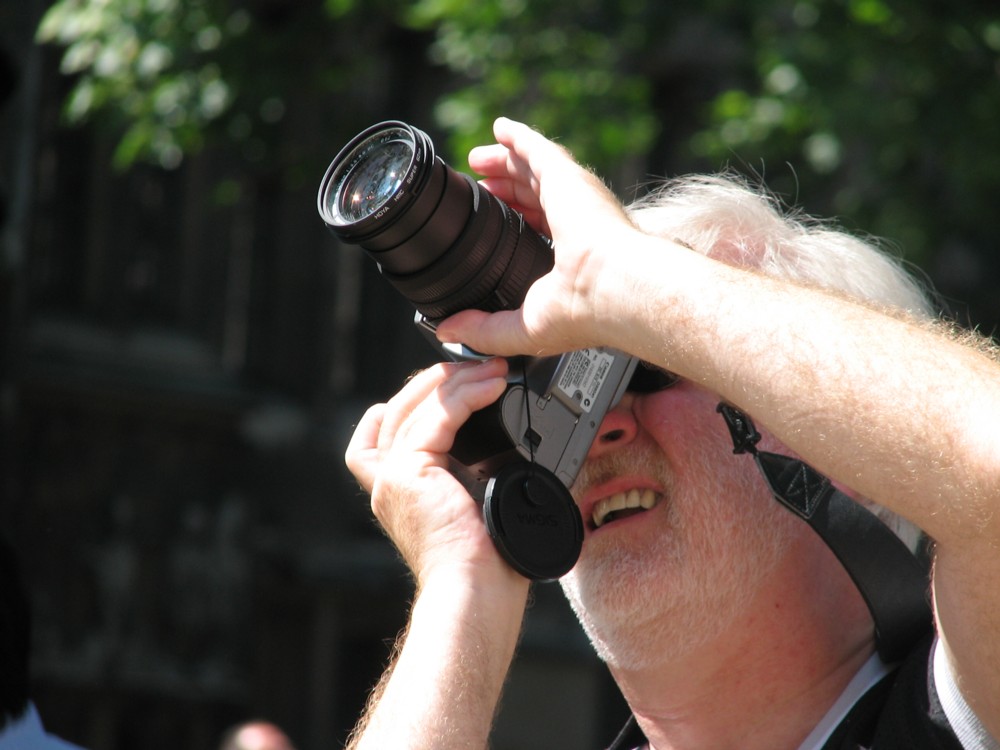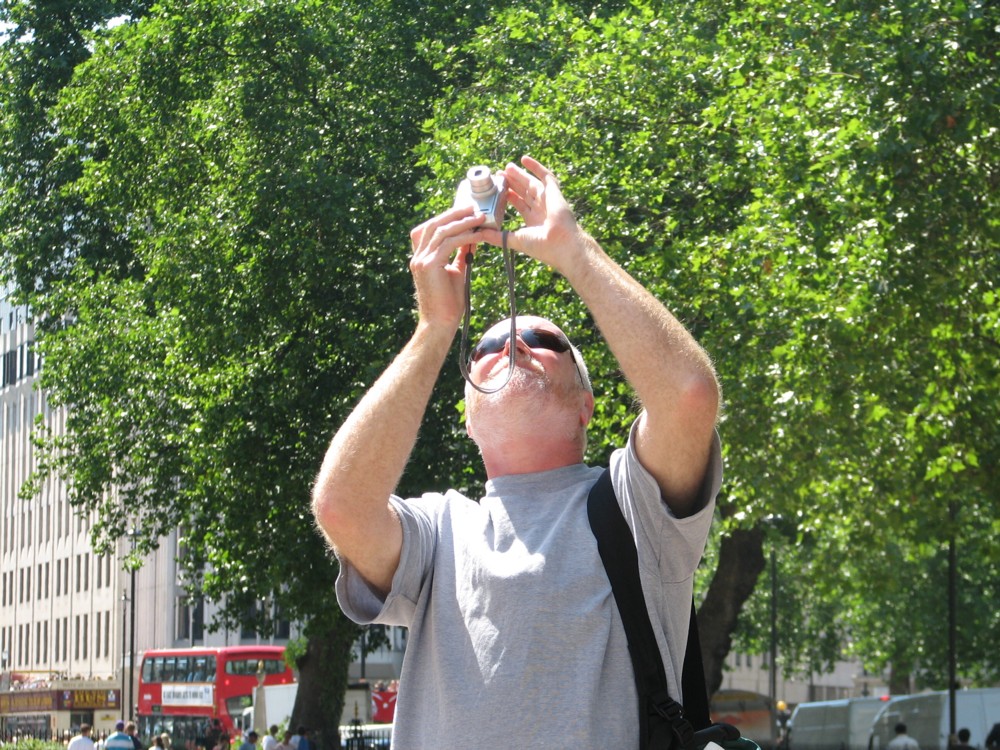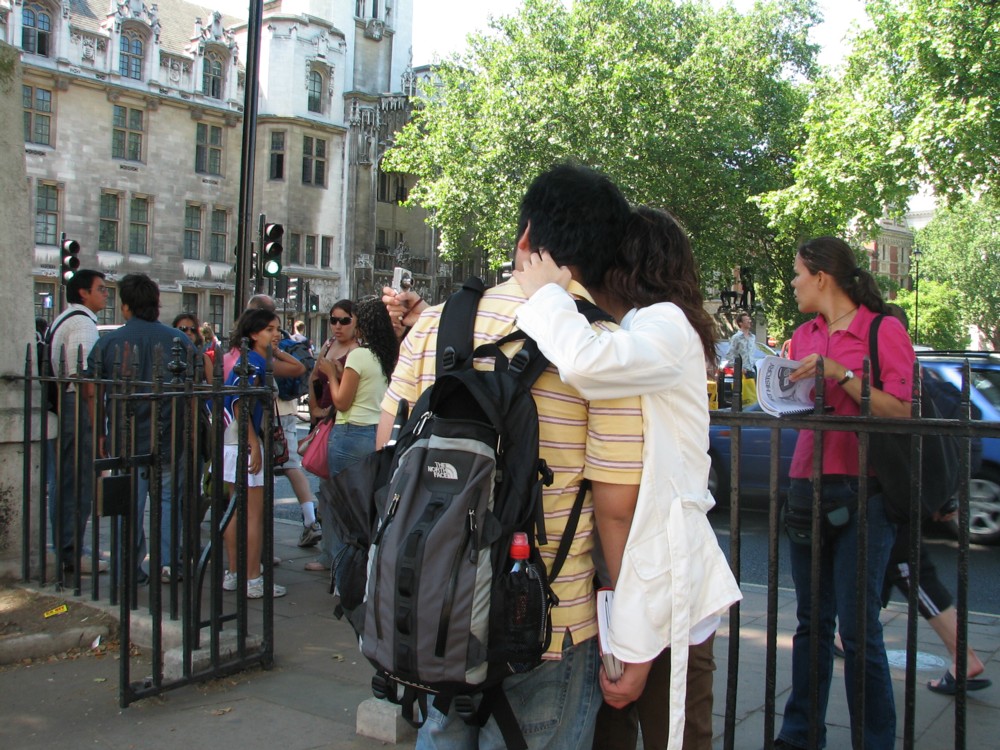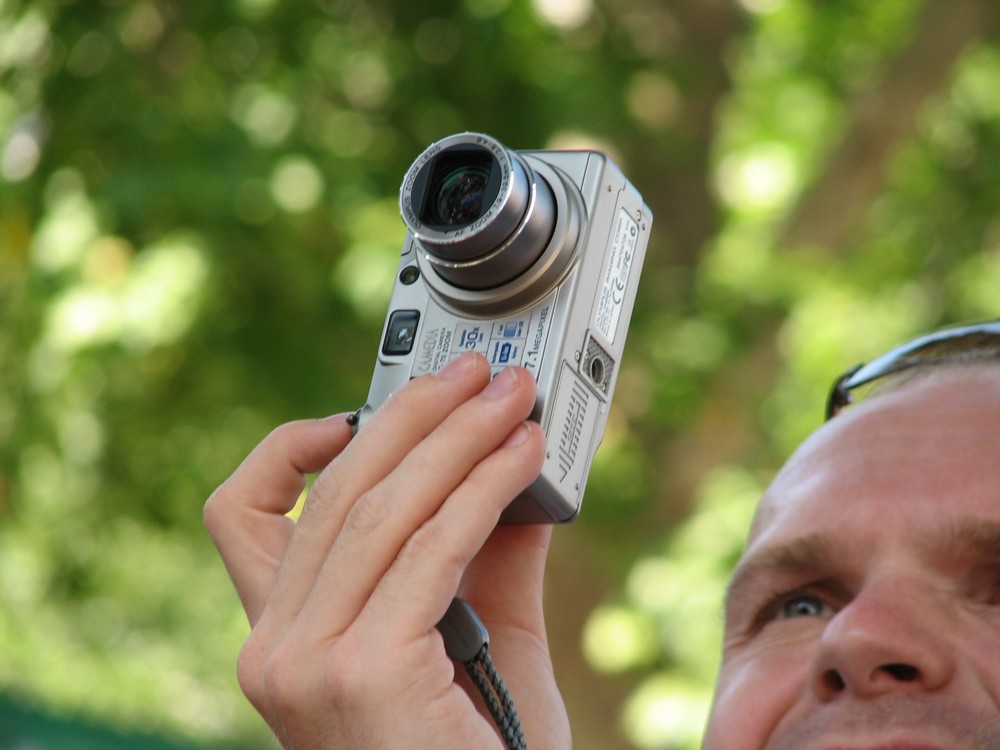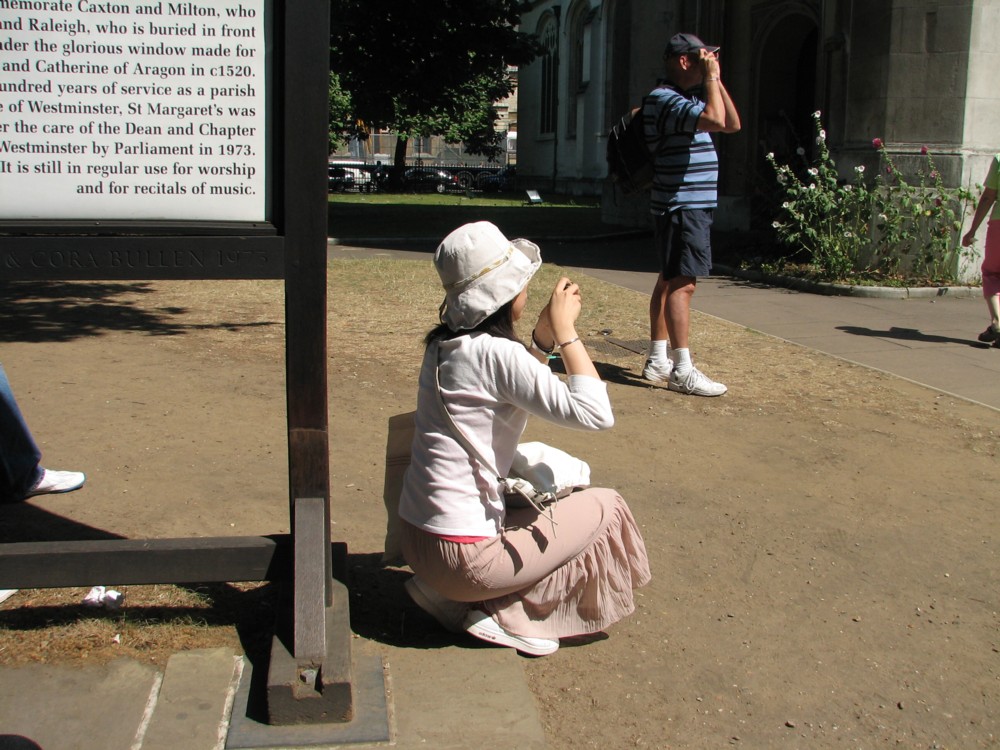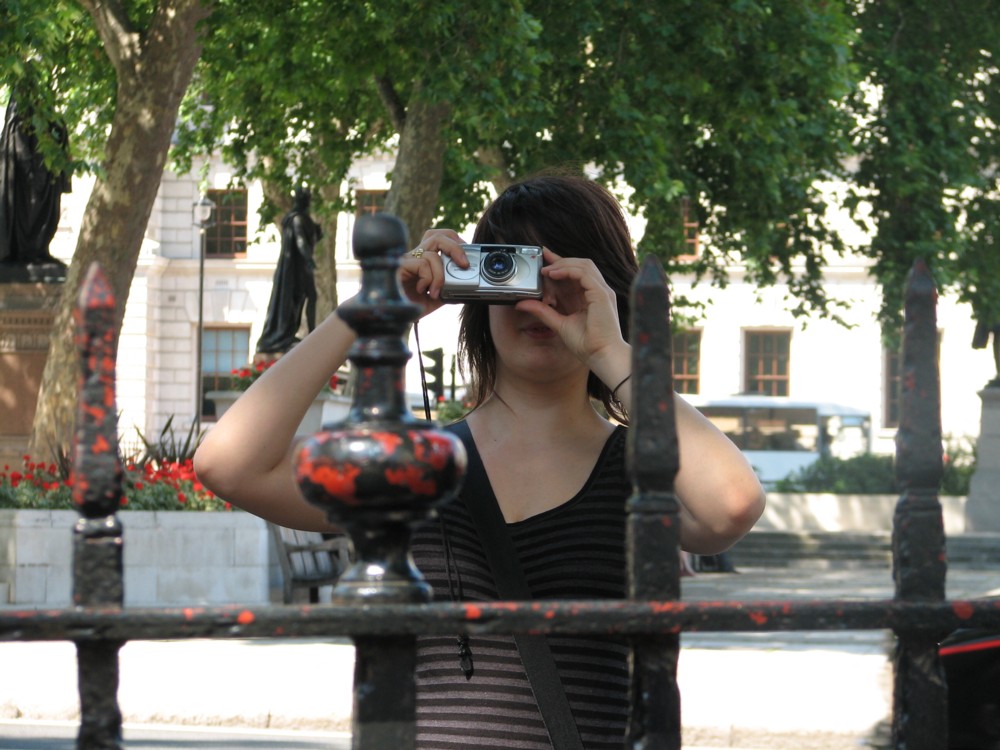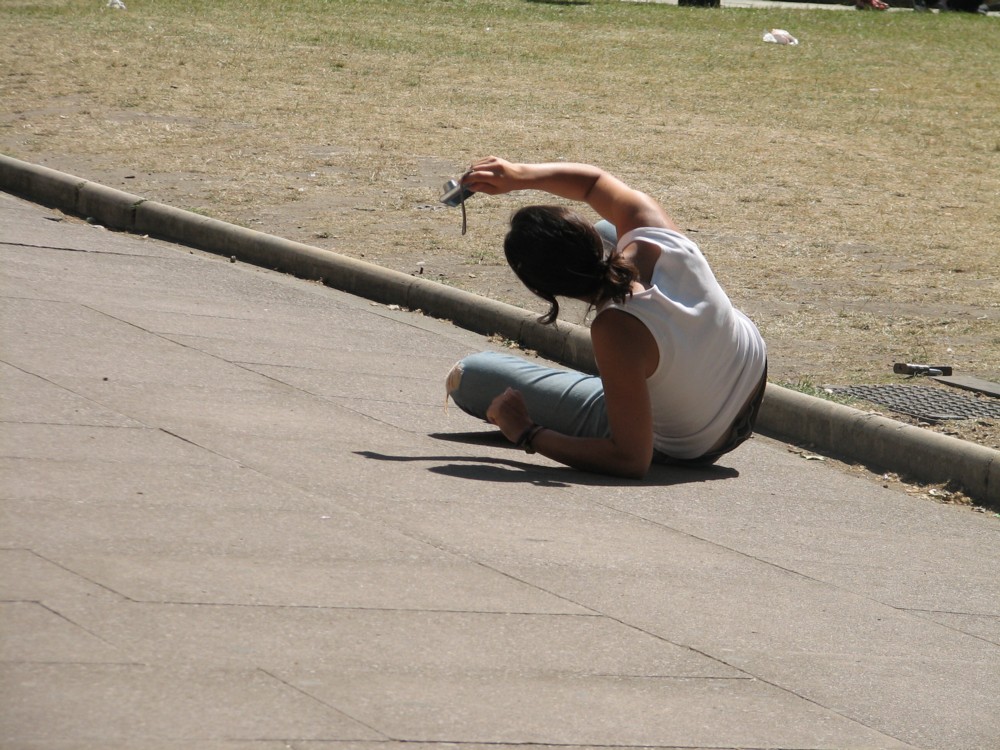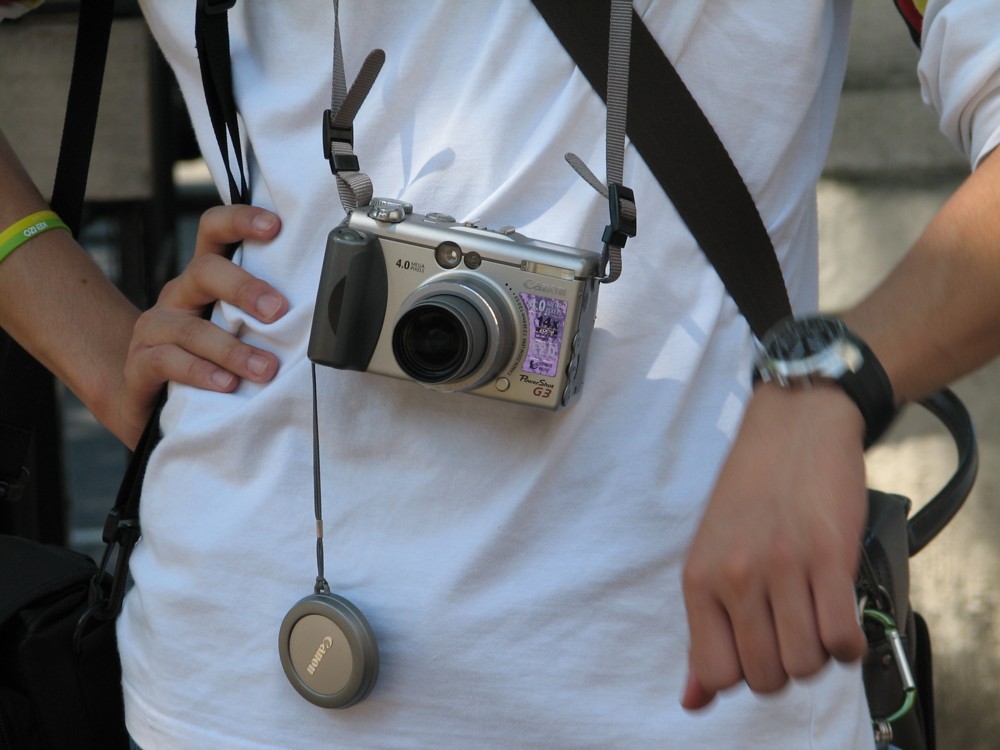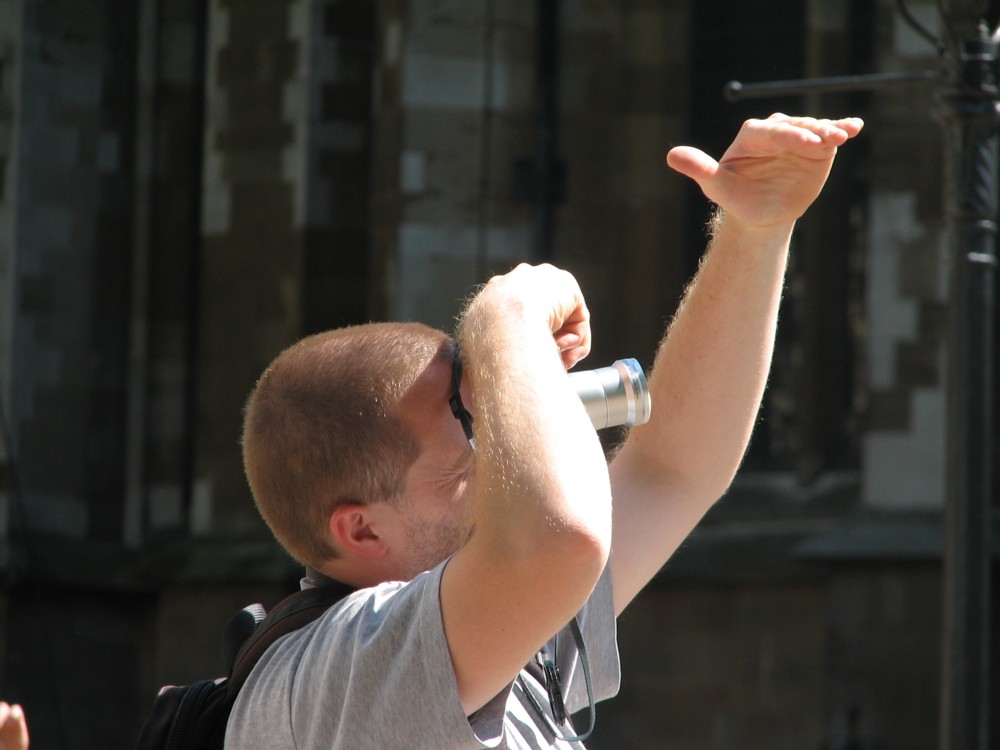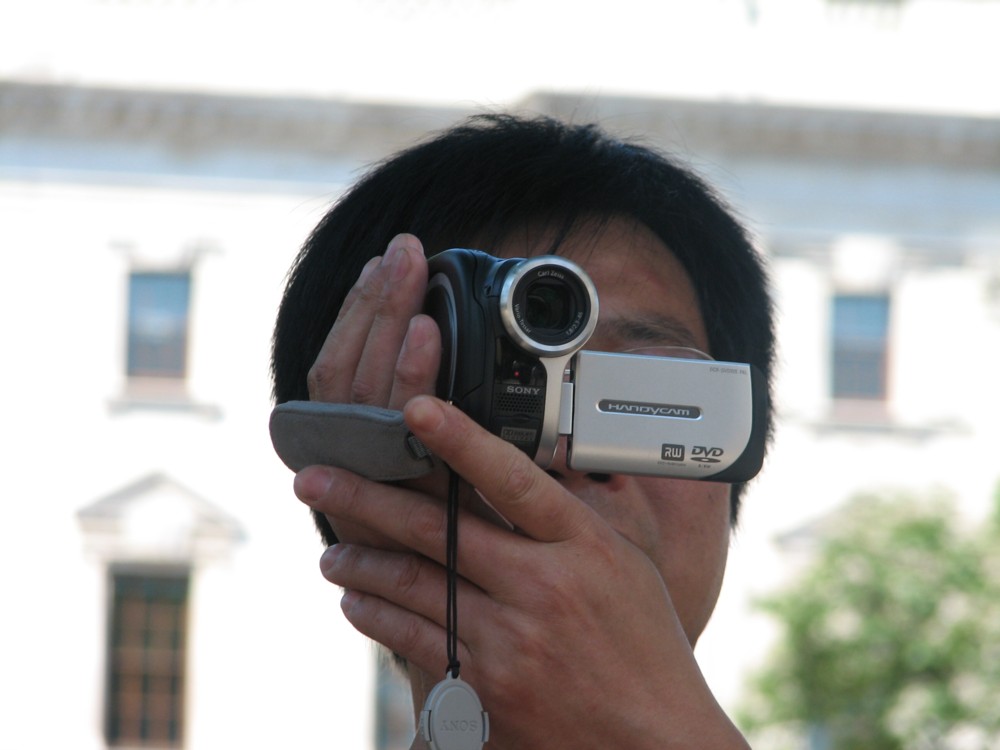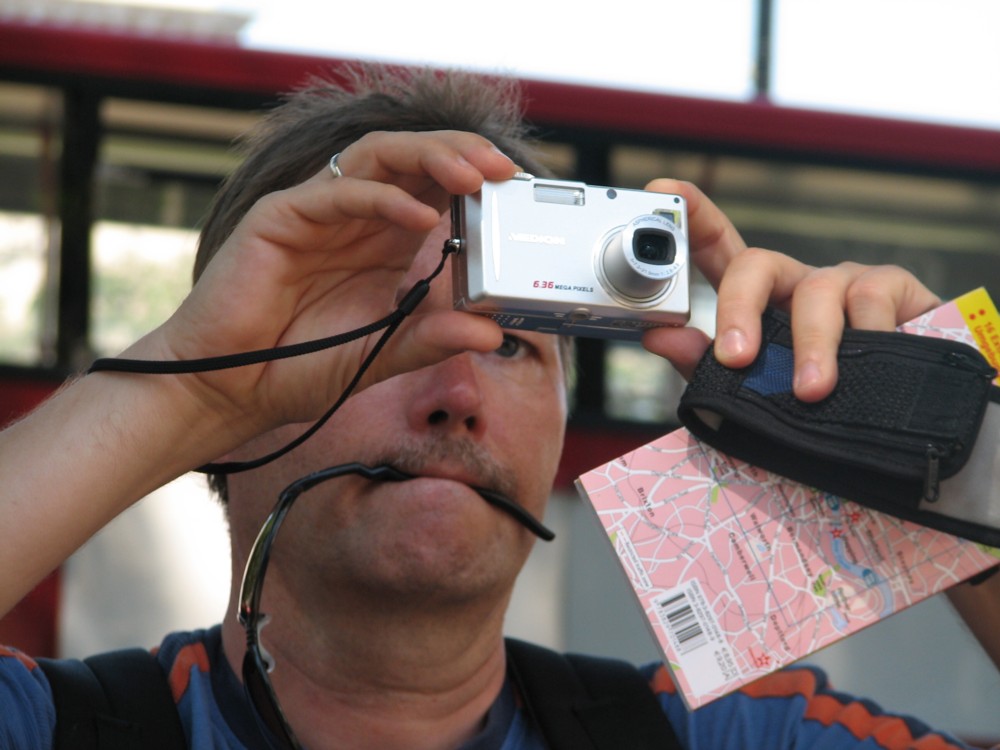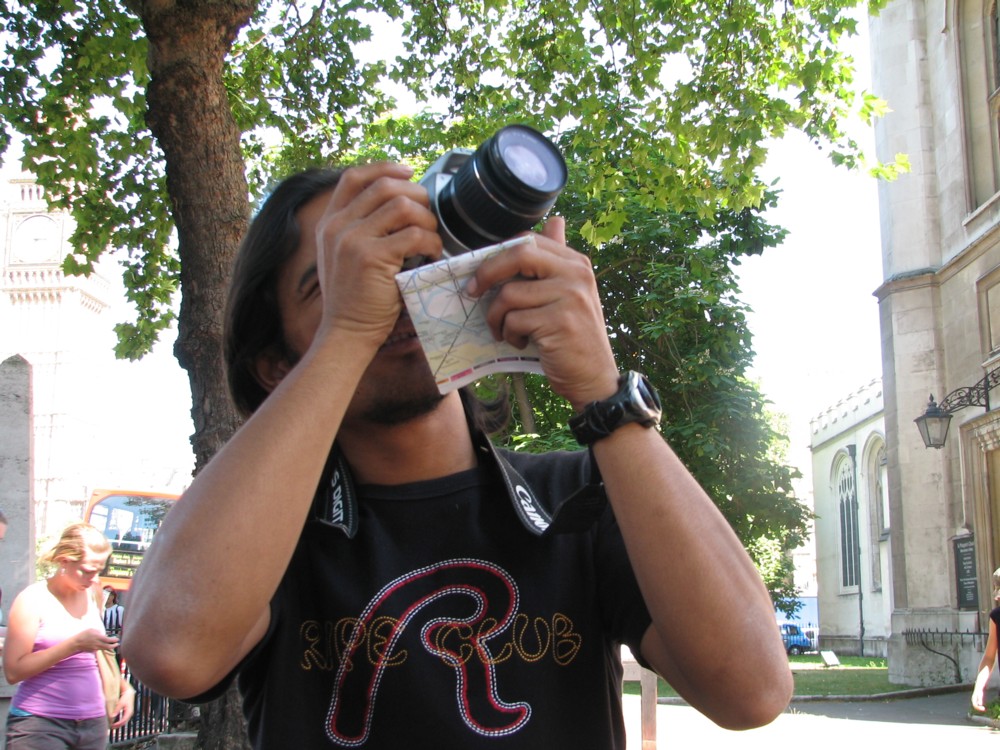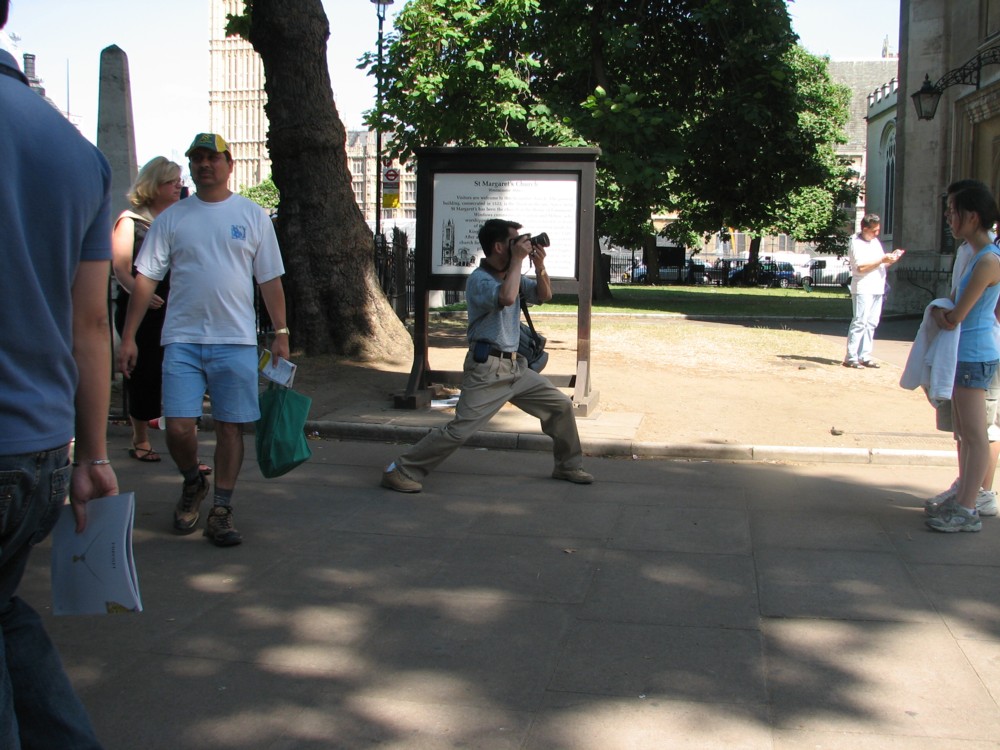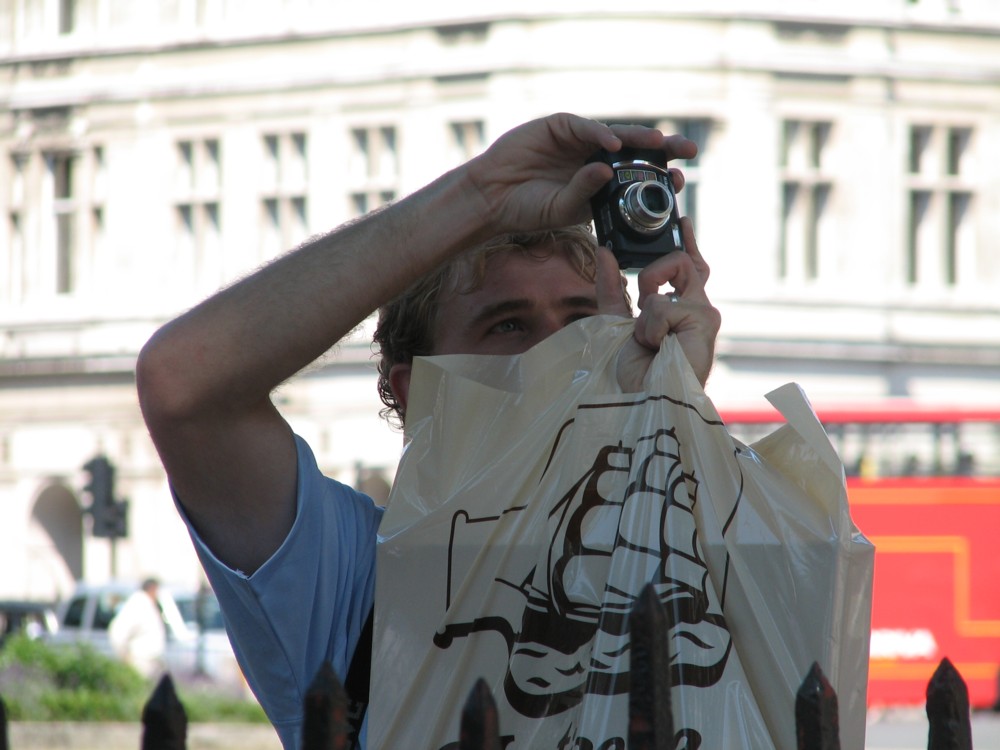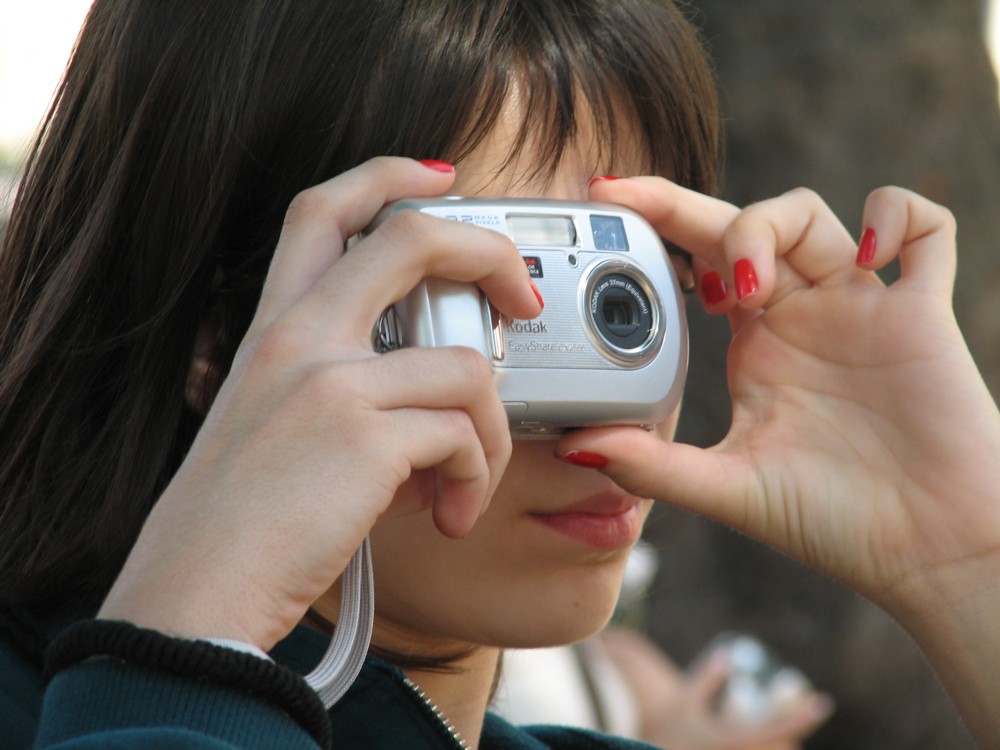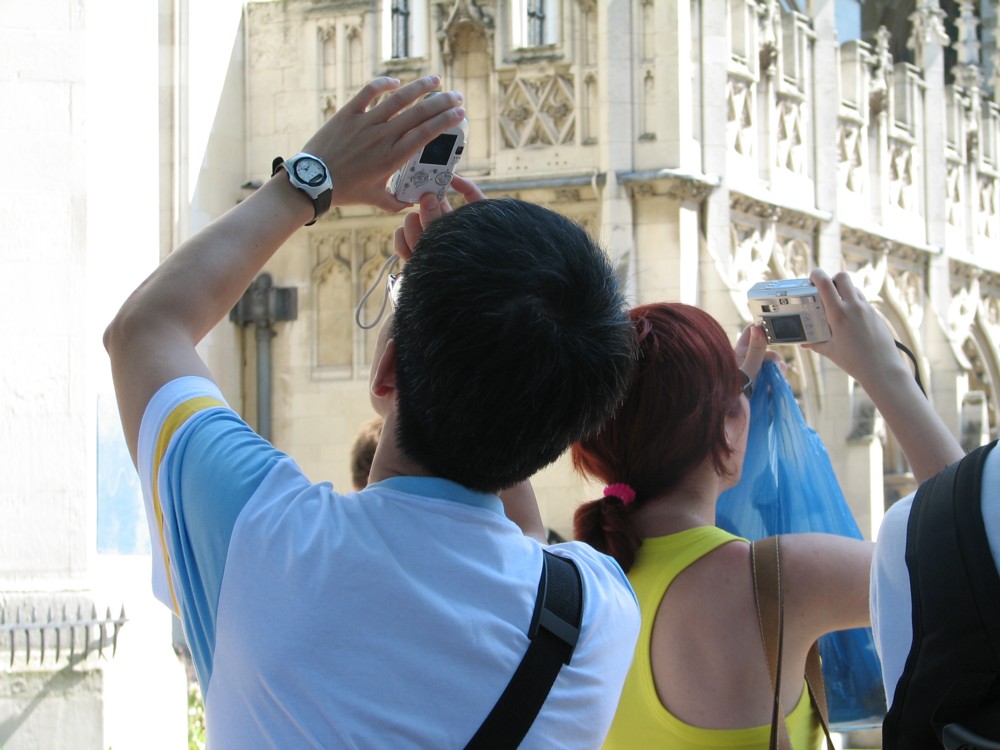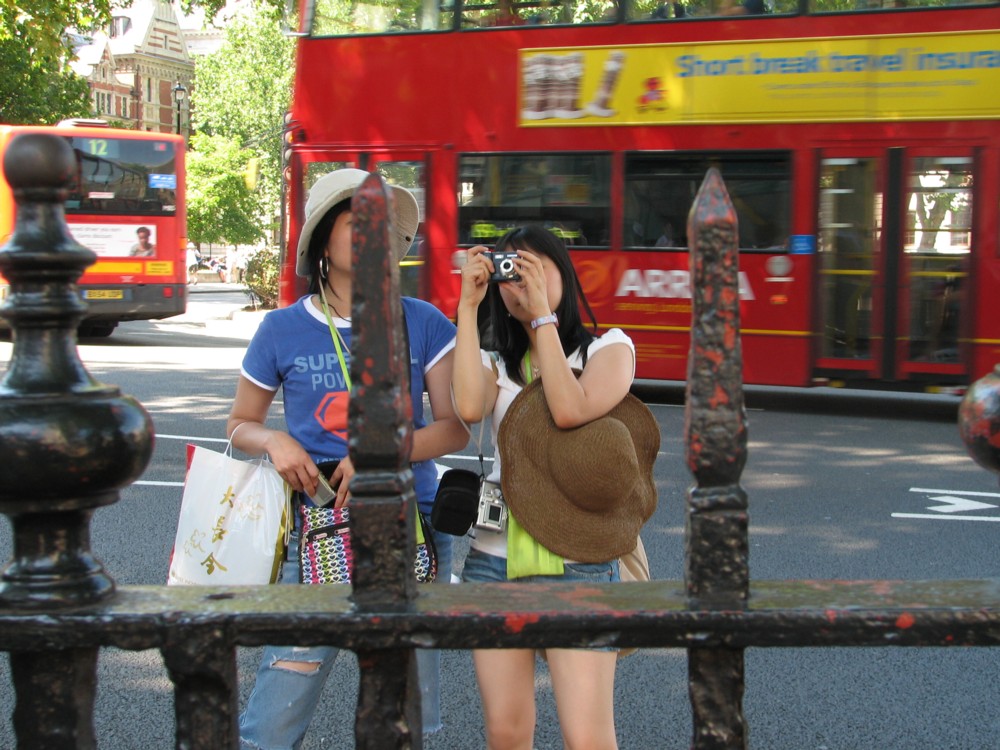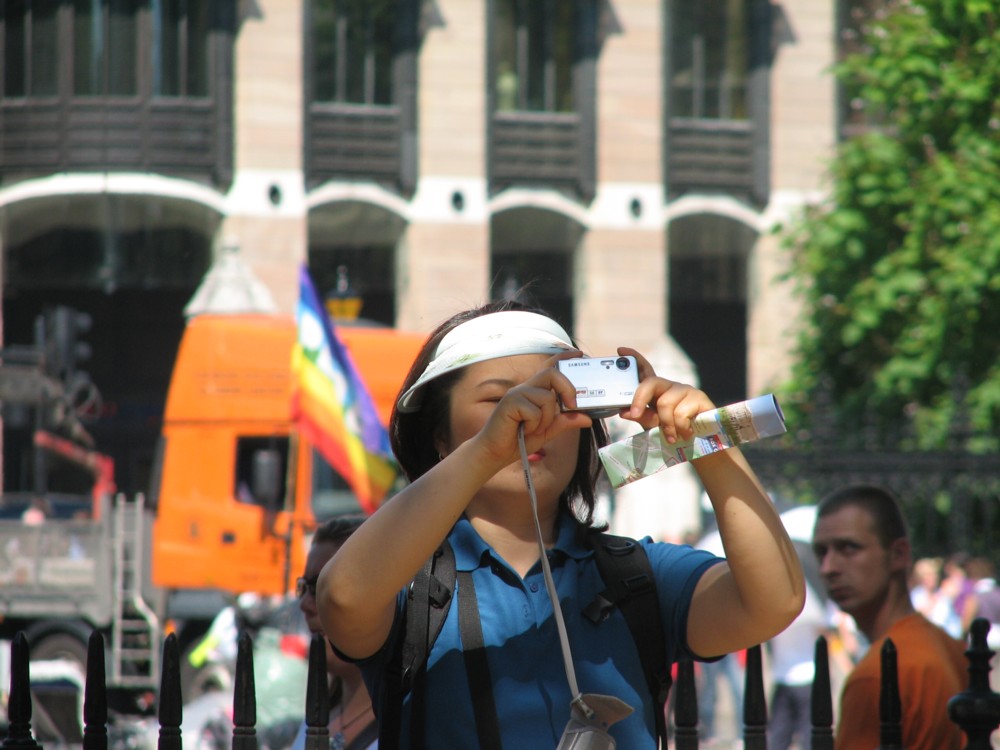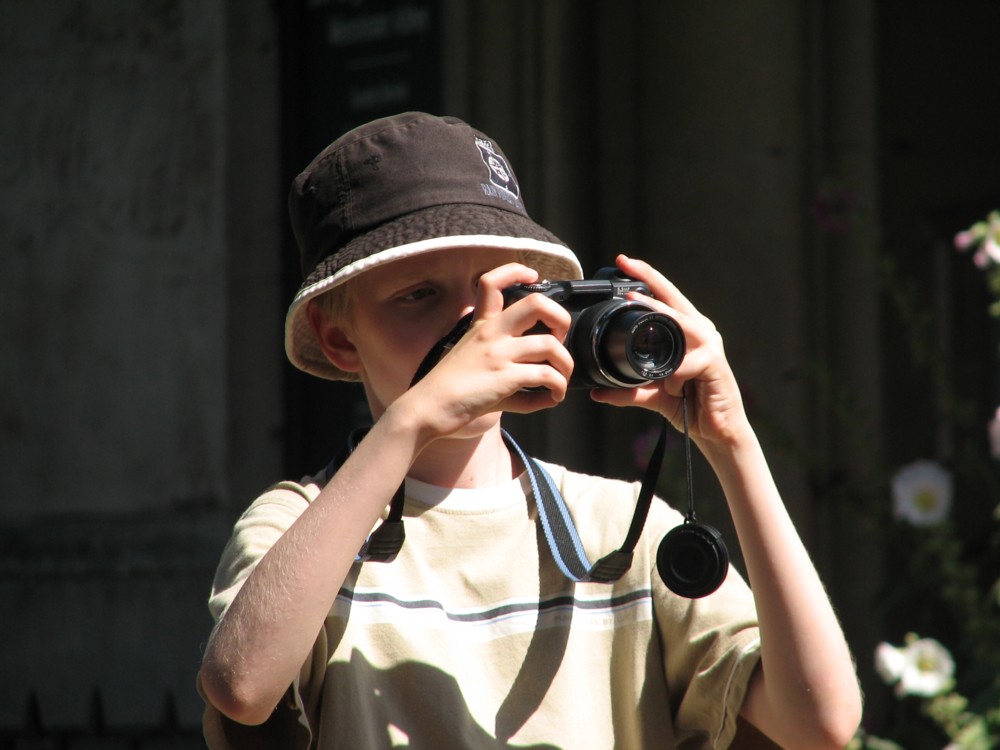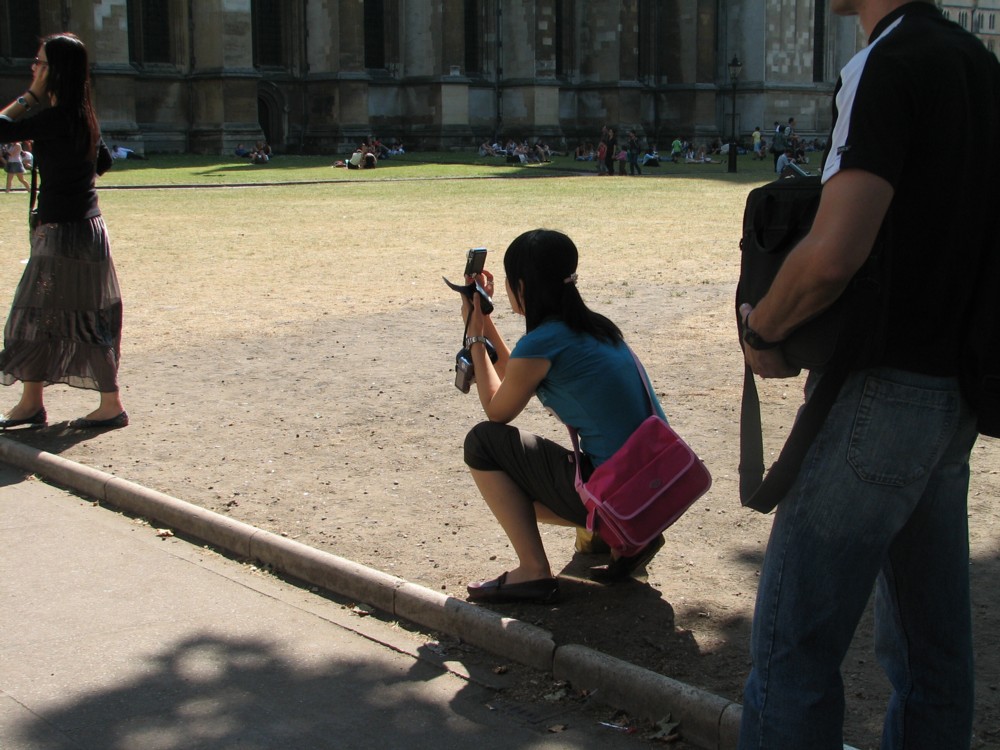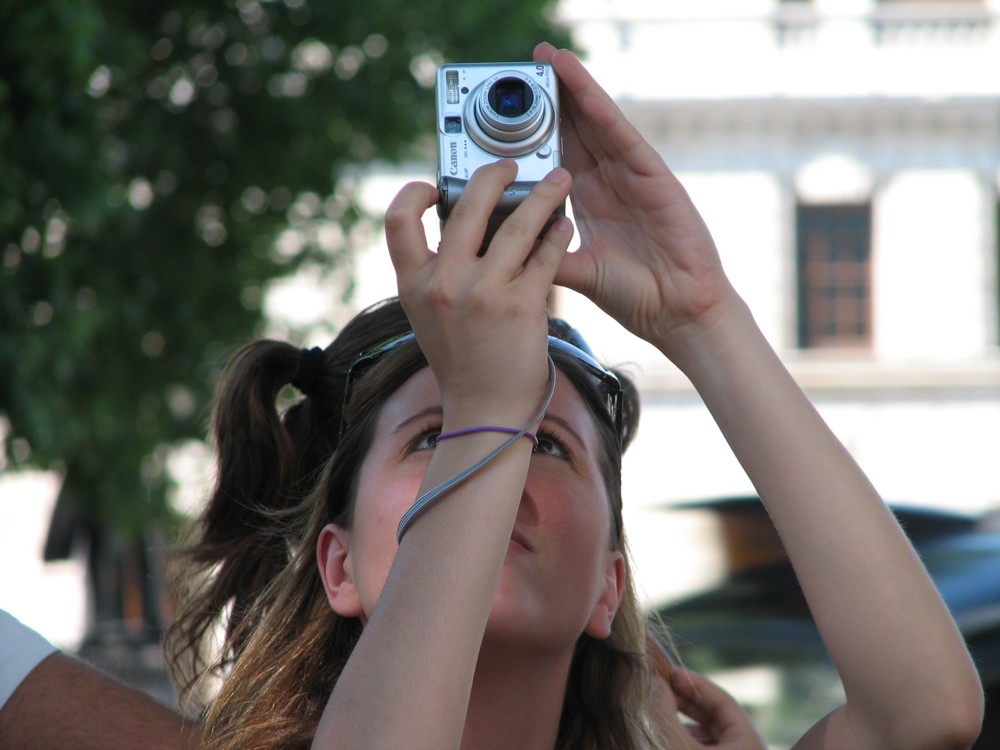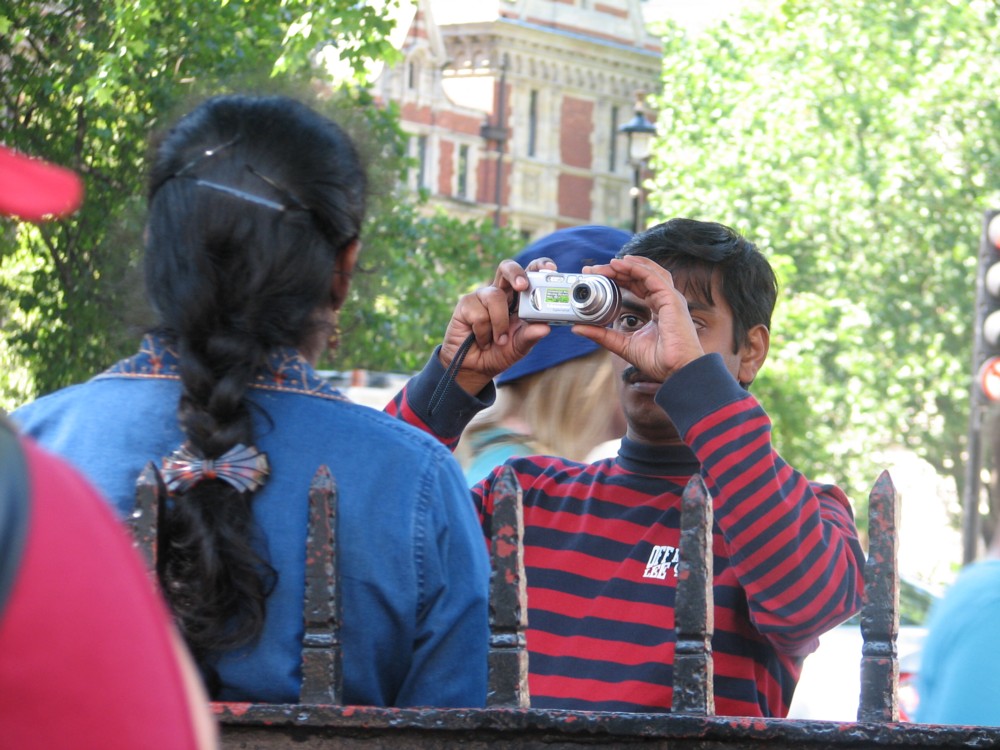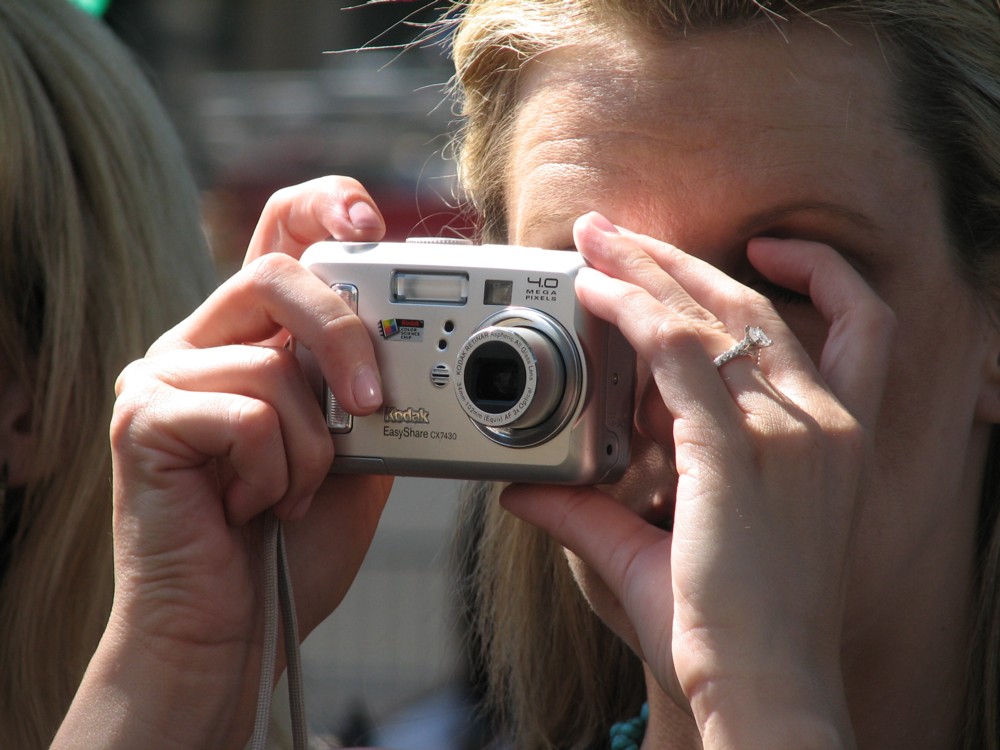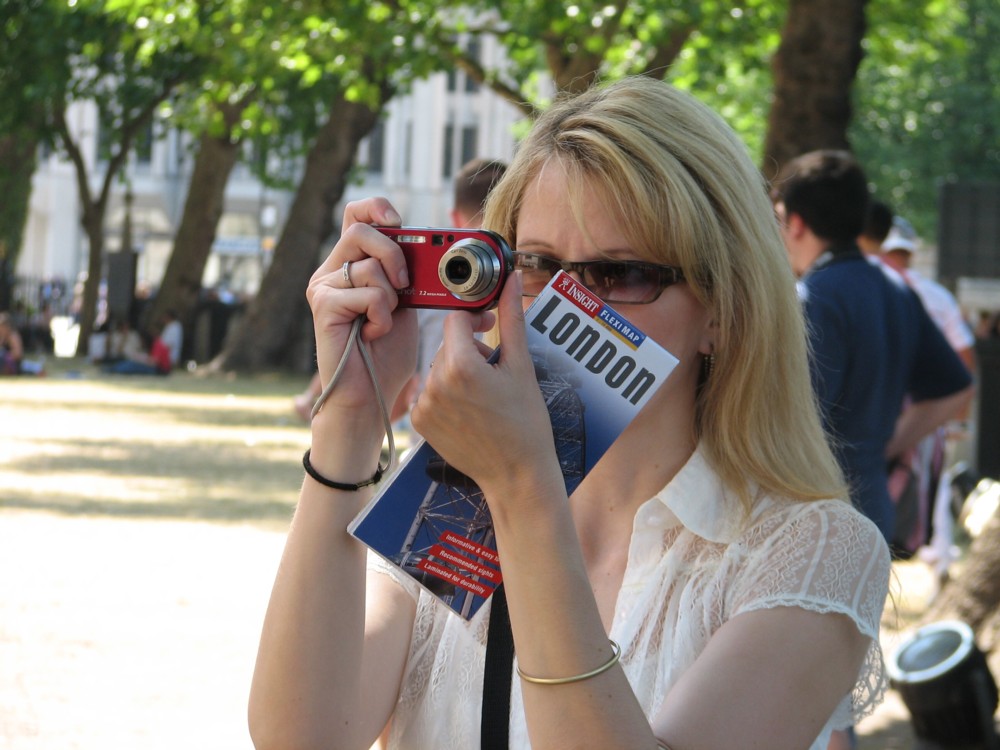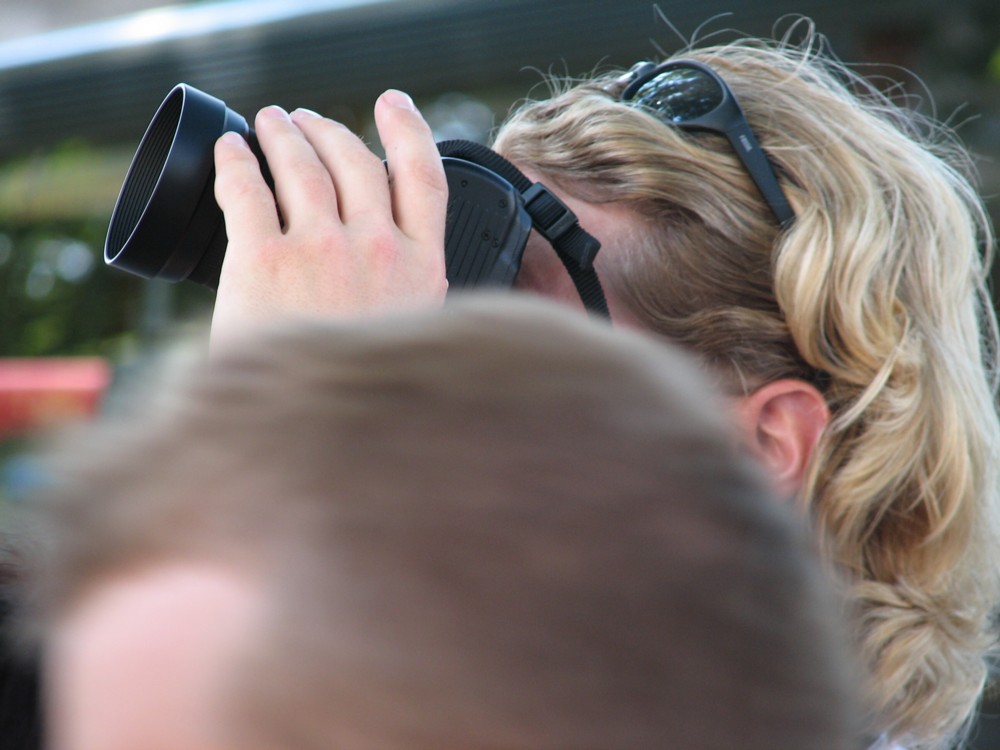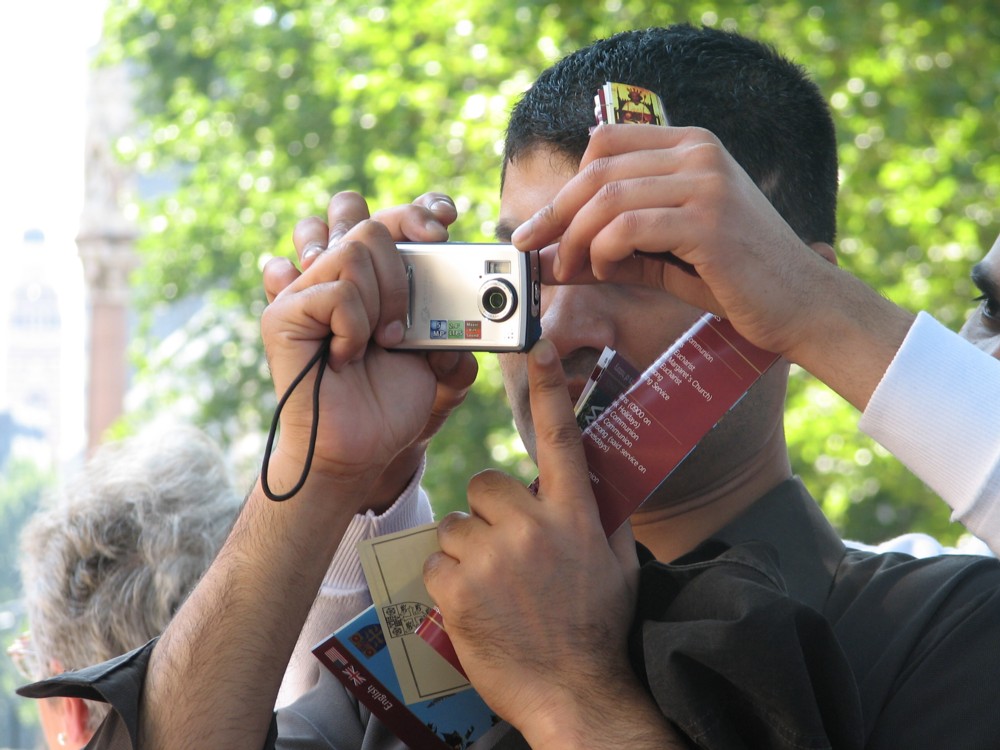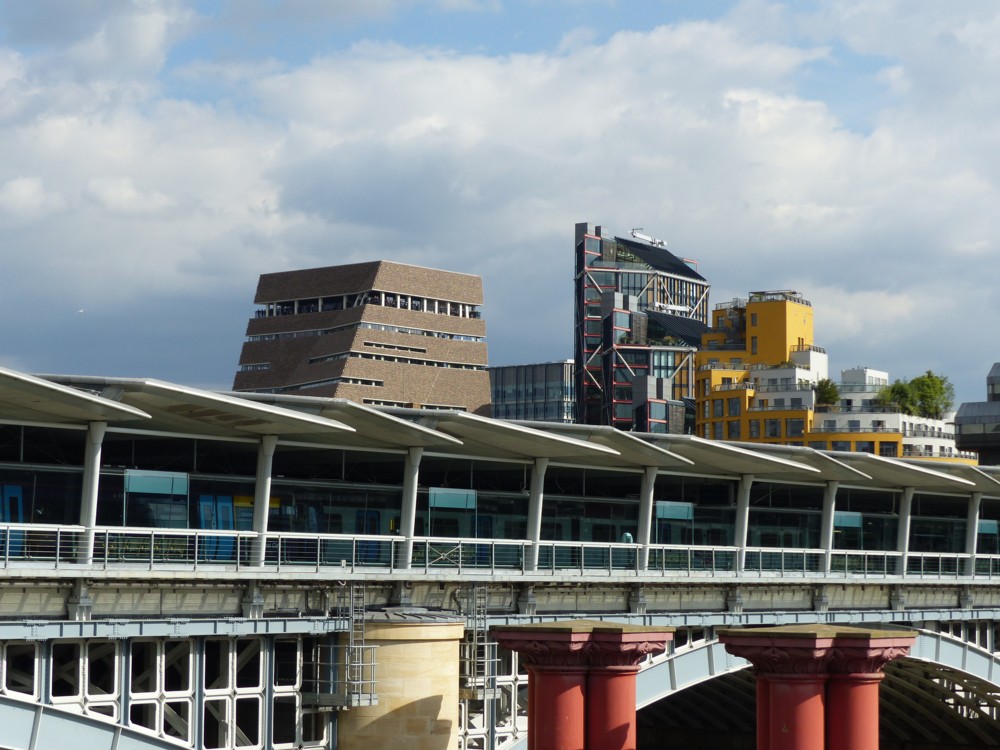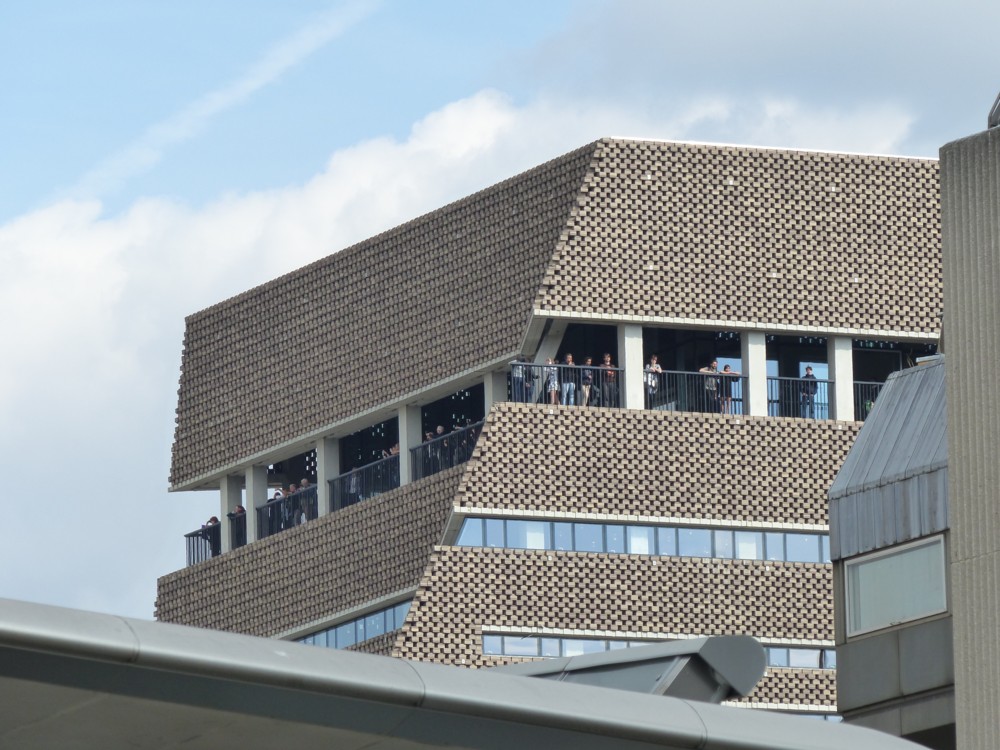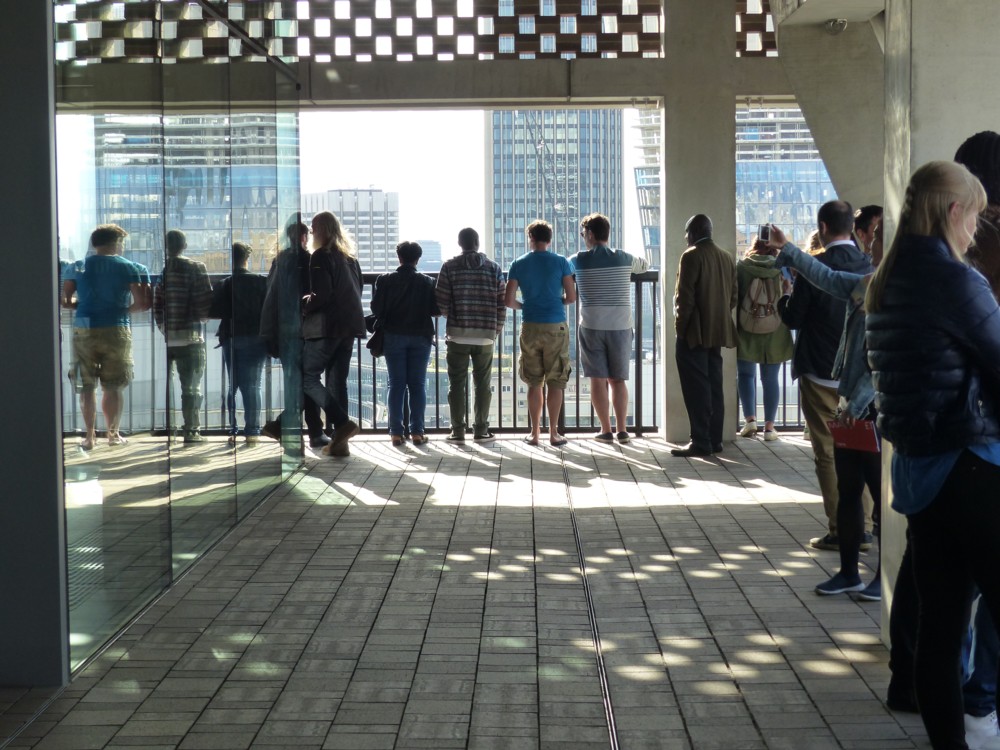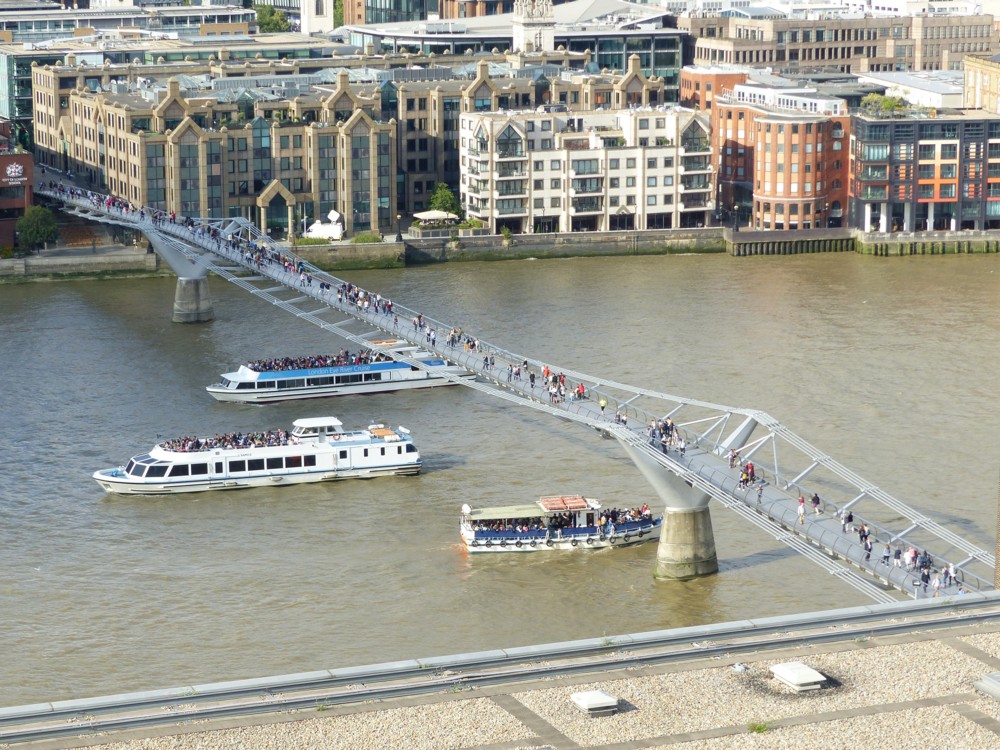John Suchet first wrote about Ludwig van Beethoven in the form of a three volume fictionalised biography. I recently read the first two volumes, but then switched to reading Suchet’s shorter, unfictionalised biography of Beethoven, which sticks closer to the known facts and cuts back on the flights of fancy.
But you suspect that Suchet still gets somewhat carried away. Here is his description (pp. 106-110) of a famous-at-the-time piano contest between Beethoven and the noted Prussian virtuoso Daniel Steibelt, that took place in Vienna in 1800. Beethoven spent his life establishing himself as a composer, as distinct from relying on being a mere performer, and when his deafness struck he had no choice in the matter. He had to compose, and only to compose. But when he first arrived in Vienna, it was as a keyboard virtuoso and improviser, as well as composer, that Beethoven had first made his name.
Two regular themes at this blog are sport and classical music. In 1800, in Vienna, these two things were a lot closer than they are now:
It was customary at that time in Vienna for aristocrats to stage ‘improvisation contests’ in their salons. The way it would work was that their two virtuosos, with their supporters, would meet in a salon, and display their skills before an audience. This would involve playing their own compositions, possibly with an ensemble, and then setting tasks for each other. One would play a theme he had invented, which the other could not possibly have heard before, and improvise on it. The other would then go to the piano and try to emulate this. Then this second virtuoso would set a theme of his own invention, and the first player would have to copy that. Often it would involve imitation. If one pianist had a particular style, the other would imitate it. It was an evening’s entertainment in aristocratic Vienna.
Very soon after his arrival in Vienna, when aristocrats such as Lichnowsky realised what young Beethoven was capable of, they put him up against the local talent, and one by one he saw them off, at the same time steadily enhancing his reputation. Enter Daniel Steibelt, from Berlin, capital of Prussia, a renowned piano virtuoso with a fearsome reputation. Steibelt had stunned salon audiences in Berlin with his extraordinary virtuosity, enhanced by his trademark flourish, the tremolando. Now on a tour of European capitals, he had arrived in Vienna to conquer that city’s sophisticated musical cognoscenti. He brought with him something of a dashing reputation. He had been forced to join the Prussian army by his father, but had deserted to pursue a musical career.
It seems some of Beethoven’s friends went to hear Steibelt and were stunned at his virtuosity, to such an extent that they feared he might damage Beethoven’s reputation. This is probably why Beethoven, by now sick of these showcase events designed solely for the amusement of aristocrats, agreed to go along to the home of Count von Fries. He decided that he would play his recently published Trio for piano, clarinet and cello, which he had dedicated to Prince Lichnowsky’s mother-in-law. Steibelt brought along four musicians to perform his Piano Quintet.
The company assembled, including no doubt Prince Lichnowsky and his family. Beethoven and his musicians played first. His Trio was perhaps a slightly odd choice, since the piano part does not call for a particularly high degree of virtuosity. The work is in three movements, is fairly straightforward, and the critics welcomed it as being more easily comprehensible than the earlier published Op. l Piano Trios. The final movement is a set of variations on a well-known theme from a comic opera which had recently played successfully in Vienna.
There was polite applause from the salon audience, including Steibelt, who had listened ‘with a certain condescension’, and made a show of complimenting Beethoven. He took his position, with his musicians, in front of the audience, confident his Quintet would put Beethoven’s Trio in the shade and win the day. To make sure, he added some impressive (no doubt prepared) improvisation, and drew gasps from the audience with his audacious tremolandos.
At the end there was no doubt in anyone’s mind who had put on the more impressive display. All eyes turned to Beethoven, who as was usual at these events had the ‘right of reply’. Beethoven remained stubbornly in his seat and refused to play again. Steibelt had carried the day.
A week later it was decided to repeat the event, to stage a ‘rematch’. Given that Beethoven had been reluctant to attend the earlier evening, we can only assume his blood was up. Steibelt’s condescending behaviour, not to mention his ridiculously showy playing, had got under Beethoven’s skin. He was out for revenge.
There must have been an air of tension and anticipation in Count Fries’s salon on this second evening. Beethoven’s unpredictable temperament was well known. Everybody knew he had been bested a week earlier, and they would have seen the flare in his eyes and the set of his jaw. This spelled trouble.
Steibelt went first this time. He performed another of his quintets, which again met with great approval. Then he once again improvised on the piano, in a way that put his previous performance in the shade. It was brilliant. But he made a mistake, a serious mistake. There were gasps from the audience as they realised he had chosen the theme from the final movement of Beethoven’s own Trio, performed at the previous meeting, on which to improvise.
If the audience was shocked, Beethoven’s friends were appalled. That was nothing to how Beethoven felt. This time he needed no encouragement. He got out of his seat, stormed to the front, and as he passed the music stands snatched up the cello part of Steibelt’s Quintet. He sat roughly on the stool, all thoughts of salon etiquette gone, and made a show of putting the cello part on the piano stand upside-down.
He glared at the music, playing now to the audience, knowing he had everyone’s attention, aware that the decisive moment in the ‘Contest Beethoven v. Steibelt’ had come. With one finger he hammered out a series of notes from the first bar of Steibelt’s music. He made it sound exactly what it was: crude and unsophisticated. He then began to improvise. And boy, did he improvise. He imitated Steibelt’s playing, he unpicked it and put it back together again, he played some tremolandos, emphasising their absurdity. He played in a way no salon audience had heard before, and that Steibelt could not have believed was humanly possible.
It is easy to picture that powerful head, hair untamed, clothes inappropriate, fingers moving in a blur, no doubt singing, shouting, quite possibly hurling insults at the Prussian, who was probably sitting, back erect, powdered wig in place, clothes perfectly fitting, fingers curling tighter and tighter, as he realised he was not just being outplayed, he was being humiliated – in front of the most sophisticated musical gathering in the most sophisticated musical city in Europe.
Steibelt did not sit that way for long. With Beethoven still playing, he rose from his chair and strode out of the salon. He made it clear he never wanted to meet Beethoven again, and that if ever he was invited to perform again in Vienna, he would do so only if Beethoven was not present. In fact he took even more drastic action than that. He abandoned his tour and returned to Berlin to nurse his wounds. Some years later he went to St Petersburg and remained there for the rest of his life. He never returned to Vienna, and never met Beethoven again.
As for Beethoven, he was now – if there was any doubt before – the undisputed master of the keyboard in Vienna, if not Europe. Even Hummel, greatly admired, could not touch him. And following the drubbing of Steibelt, Beethoven was never again asked to take part in an improvisation contest. His position as Vienna’s supreme piano virtuoso was established once and for all.

